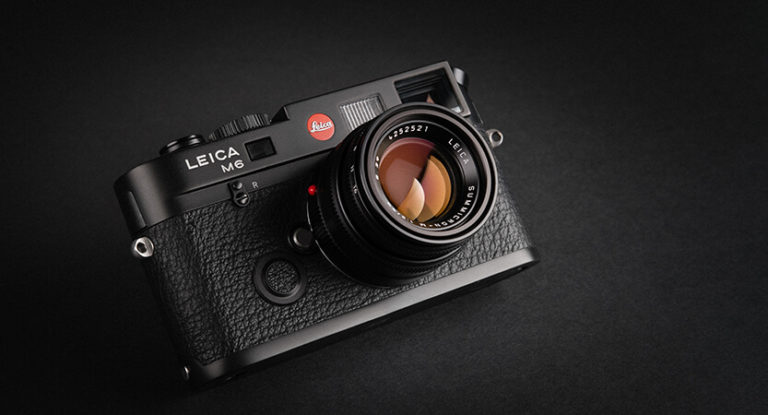Photographers are switching to an expensive full-frame sensor for a number of reasons. They want a detailed picture with a sense of “depth”, low noise at high ISO, smooth transitions in grayscale and a large viewfinder scale are important requirements for the development of shooting techniques or professional photography.
Our review will help you navigate not only by the main manufacturers (Nikon, Canon, Sony, Pentax, Leica), but also by design features. Choose among high-quality mirror and mirrorless equipment with an understanding of its features.
For more our buying guides, take a look at the popular links: Video Cameras, Canon Cameras, Professional Tripods.
Full Frame Camera Reviews
#1 Pentax K-1 Mark II DSLR Camera
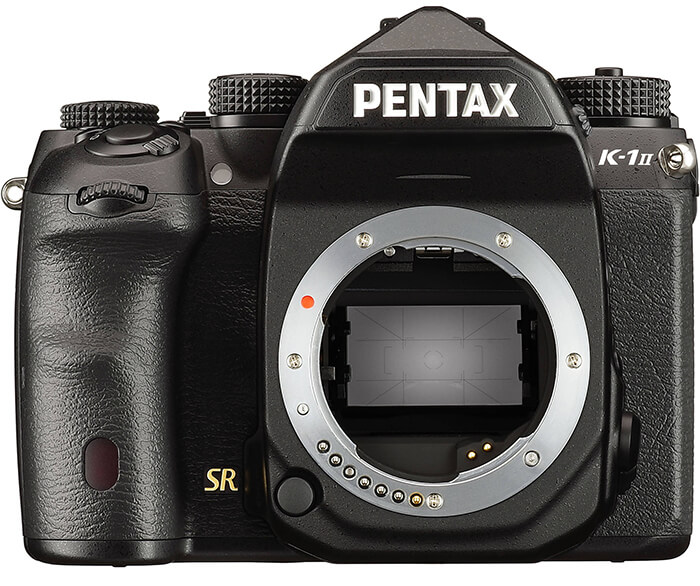
Highlights of Pentax K-1 Mark II:
PRIME IV Image Processor
36.4MP Full-Frame CMOS Sensor
Full HD 1080p30 Video Recording
Unlike mirrorless cameras, this full-frame DSLR is dimensional and weighty – its weight is 1 kg. Nevertheless, it lies perfectly in the hands – both in terms of convenience and aesthetically.
The abundance of switches on the case and other controls at first may confuse the photographer, but all this is done to quickly configure settings without wandering around the menu. You just need to give yourself some time to get used to it, but later save it during the shooting process.
According to the functionality, there are complaints from users: the burst speed is only 4.4 frames / sec., The clipboard stores no more than 17 RAW files and 40 frames in JPEG format. But compared with the predecessor Pentax K-1, Mark II improved in three ways: increased sensitivity to ISO 819200, enhanced autofocus algorithms, modified shooting with a matrix shift to obtain highly detailed images without a tripod by superimposing 4 frames on top of each other (Dynamic Pixel Shift Resolution).
#2 Canon EOS 6D 20.2 MP CMOS DSLR Camera
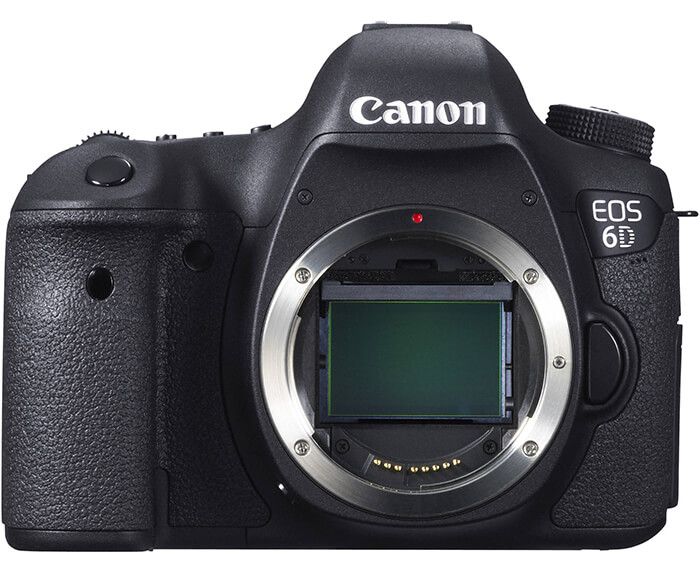
Highlights of Canon EOS 6D:
DIGIC 5+ Image Processor
20.2MP Full-Frame CMOS Sensor
3.0″ 1.04m-Dot Clear View LCD Monitor
The EOS 6D is the world’s first full-frame DSLR with Wi-Fi and a GPS module on board. Thanks to the Wi-Fi module, the camera transfers data to a smartphone, tablet, PC, DLNA Smart TV. It is convenient to immediately upload photos to social networks directly from the camera. The happy owner of the DSLR optionally releases the shutter and controls the settings from the mobile device.
Why did real users fall in love with the Six? Of course, for a great balance of price and quality. Therefore, the pros feel some “compromises” in technical terms: the shutter speed range starts from 1/4000, the viewfinder coverage does not occupy the entire personnel area (97%), the focus points “bunch” closer to the center, there are only 11.
Nevertheless, an impressive full-frame Sophisticated photographers rate the CMOS sensor at 20 megapixels complete with top-end optics highly. They call the most serious advantages the highest detailing of images, error-free white balance in automatic mode, and fine-tuning the color reproduction.
#3 Canon EOS R Mirrorless Camera
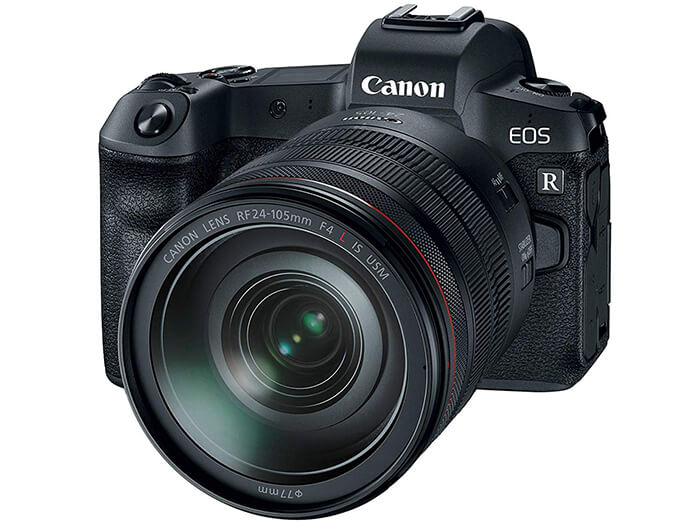
Highlights of Canon EOS R:
DIGIC 8 Image Processor
Dual Pixel CMOS AF, 5655 AF Points
UHD 4K30 Video; C-Log & 10-Bit HDMI Out
Here is one of the first mirrorless mirrors with a mechanical shutter closing when turned off – this is how reliable matrix protection from dust pollution is implemented. There was a transition to a new RF bayonet shortened to 20 cm, and an adapter was developed for previous mount formats (EF, EF-M). The settings system is thought out for ardent individualists: program each button for personal convenience.
The weak point is “gluttony” in energy consumption, however, this is a standard drawback of mirrorless cameras. Not all Canon fans are happy with the presence of a single SD-format memory slot, since there is support for high-speed UHS-II cards.
The overall viewfinder resume is excellent quality. This applies to all aspects: OLED technology, 3.7 megapixels, live picture: no noise, does not freeze or strob. The advantages over the DSLR are obvious – this is the compactness of the electronic sight due to the lack of a mirror and pentaprism, as well as quiet operation and no vibration of the optics.
#4 Nikon D5 20.8 MP DSLR Camera
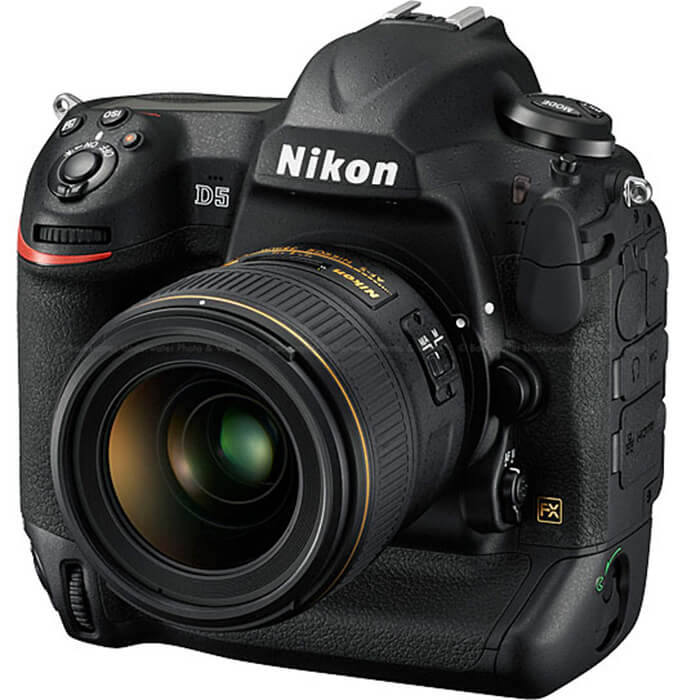
Highlights of Nikon D5:
EXPEED 5 Image Processor
Multi-CAM 20K 153-Point AF System
Native ISO 102400, Extend to ISO 3280000
D5 is one of the legendary top-end DSLRs and a worthy competitor to the flagship Canon EOS 1D X Mark II. Therefore, we immediately give the differences of the “heavyweight”.
ISO sensitivity is implemented in an incredible range from 100 to 102 400, the advanced mode is generally amazing – from 50 to 3 280 000! These are the broadest possibilities for shooting conditions: even in bright sunlight, even in astronomical twilight. The camera has two prestigious awards – TIPA 2016 in the nomination “The best professional digital SLR camera for motion recording”, as well as the RedDot Award 2016 for design.
Nikon fans rightly praise a powerful autofocus module. Judge for yourself: a 153-point system in which 99 cross and 15 sensors support f / 8 aperture, sensitivity within -4 … 20 EV. Starting with aperture f / 5.6, all one and a half hundred AF points are involved. Important details, according to professionals, are the ease of shooting, ergonomics of all parts of the camera, and intuitive controls.
#5 Sony Alpha A7M2 Mirrorless Digital Camera
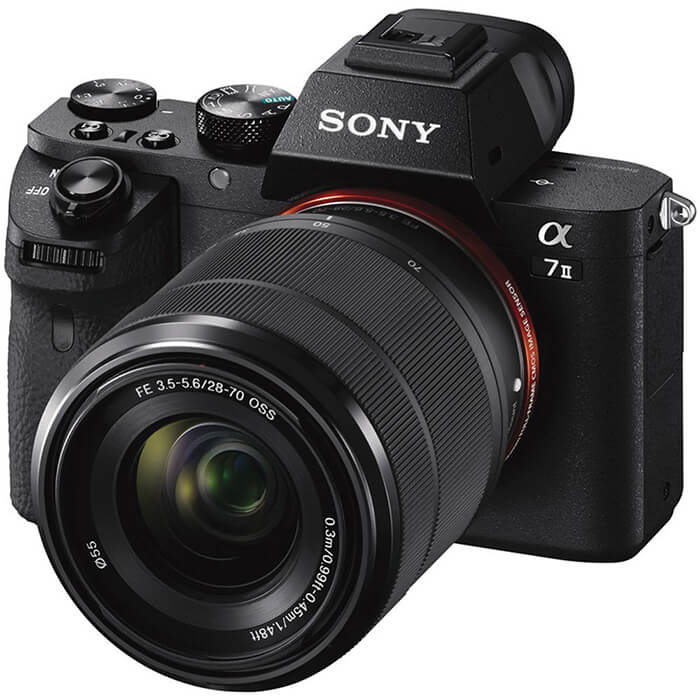
Highlights of Sony Alpha A7M2:
BIONZ X Image Processor
5-Axis SteadyShot INSIDE Stabilization
Enhanced Fast Hybrid AF and 5 fps Burst
The BIONZ X processor is Sony’s innovation and pride. It processes data at lightning speed, filigree reproduces small details and textures in real time. Image transmission is realistic, with accurate gradation of shades.
Multi Frame Noise Reduction Technology works on the principle of evaluating individual areas of an image, such as textures, paths, and evenly colored areas. Based on the analysis result, an individual noise reduction mode is selected for each section.
A mirrorless mirror is called a well-designed, professionally equipped “photo kitchen”, since it compares favorably with a nuance of a DSLR. Compactness and lightness, control programming variability (up to 40 versions on C1, C2, C3 buttons) a hybrid focusing system, focus lock on the eyes and faces, a 5-axis stabilizer, the effectiveness of which is complemented by lens stabilization – all that is needed for a multidisciplinary master with love to the details.
#6 Nikon D610 CMOS FX-Format DSLR Camera
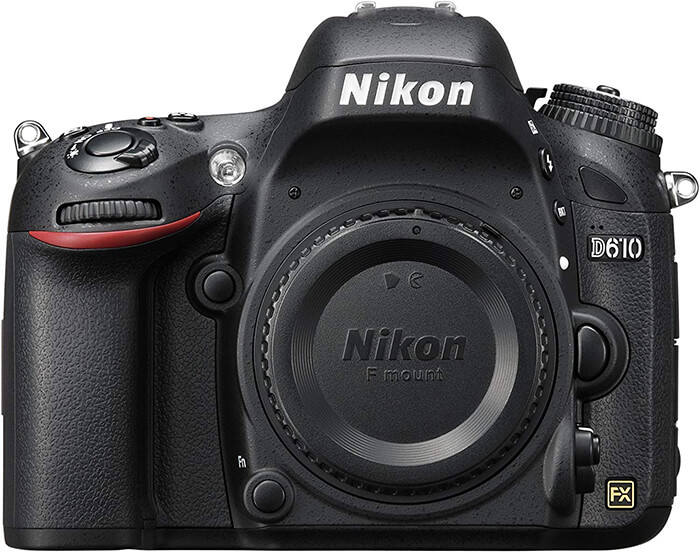
Highlights of Nikon D610:
3.2 inch LCD with 921,000 dots
39 point AF system (9 cross type)
2,016 pixel RGB TTL metering sensor
The camera fixed the flaws of its predecessor – Nikon D600. The automation of white balance has been improved: skin tones and the slightest tones in complex artificial lighting are transmitted as the eye sees them. The camera accelerates burst shooting up to 6 frames / sec. The shutter block has been updated so that the sensor stays clean longer.
Commentators note that it has become convenient to build a frame on the display in Live View. If you set the focus area with a naviped, you get an exact hit. An electronic biaxial virtual level helps to control the horizon and displays information about the front and side tilt of the camera.
Interesting features offers a built-in photo editor. No more red eyes – D-Lighting will adjust brightness and contrast, and photos can be processed in RAW format. There are filters with a miniature effect, a skyline, a color outline, a selective color, a color sketch, etc. You can work with distortions and perspectives right in the mirror, and experiment with the fisheye lens. Great functionality!
#7 Canon EOS-1DX Mark II DSLR Camera
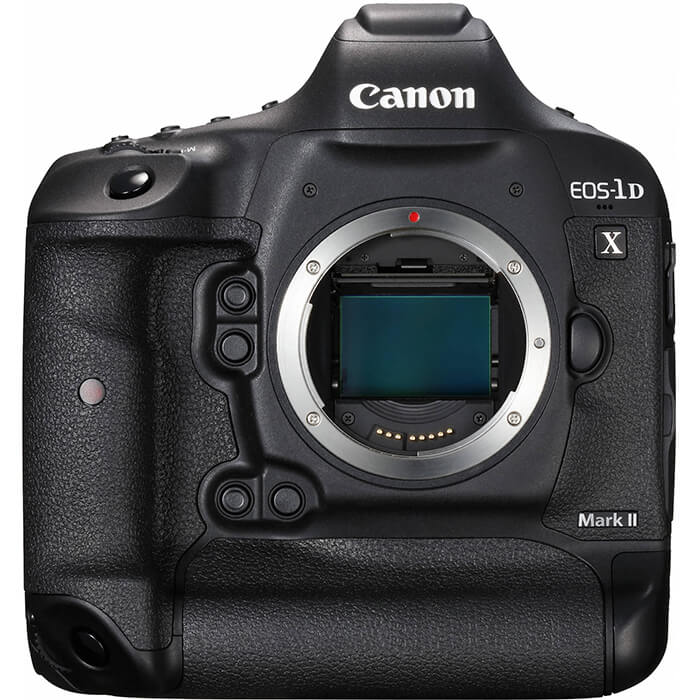
Highlights of Canon EOS-1DX Mark II:
Dual DIGIC 6+ Image Processors
DCI 4K Video at 60 fps, 8.8MP Still Grab
3.2″ 1.62m-Dot Touchscreen LCD Monitor
Surveyors jokingly call this full-frame camera a “machine gun”: serial shooting produces 16 frames per second with a locked mirror, 14 with activated autofocus. This is by far the highest speed camera. Canon’s professional full-frame DSLR is well-suited for shooting video and high-quality movies. Particularly impressive is the autofocus at 61 focus points, of which 41 are cross-type.
The Dual Pixel technology, or CMOS AF sensor, is implemented for high-quality smooth tracking of a moving subject. In addition, you can manually select the focus area by touching the touch screen during recording.
Definitely, photographers are not buying the best premium equipment for “greenhouse” operating conditions. Even if you have plans for extreme action scenes, don’t worry – the camera is extremely strong, the magnesium alloy housing is splash-proof and is complemented by a built-in upper grip handle.
#8 Nikon Z7 FX-Format Mirrorless Camera
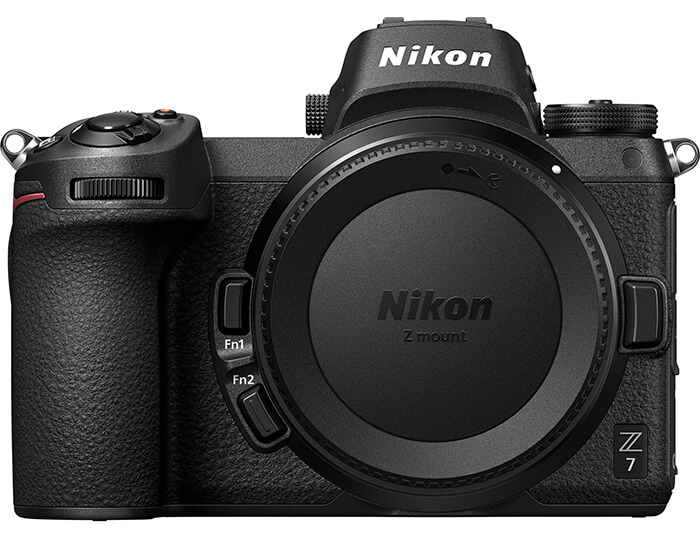
Highlights of Nikon Z7:
493-Point Phase-Detect AF System
EXPEED 6 Image Processing Engine
UHD 4K30 Video; N-Log & 10-Bit HDMI Out
One of the most expressive elements of the mirrorless is the back-illuminated matrix. In a back-illuminated matrix, light is incident on a very thin substrate up to 15 microns thick. This technology is designed for astronomical photography, and gives the owner of a professional mirrorless camera the ability to shoot in any light condition.
The resolution of the matrix is impressive: 54.4 million pixels allow you to produce RAW files, compressed without loss with a depth of 14-bit size of 90 MB. Lossless Compressed or lossless compression is considered the best option for preserving raw RAW, since the data is not lost, but as it were “archived” to appear in full when processing photos.
The users also liked the status OLED display without information overload. The network says that the interface of this full-frame mirrorless mirror is very similar to interacting with a reflex camera in appearance and menu structure. The model is considered a comfortable option for the transition to a new design.
#9 Leica Q (Typ 116) Silver Camera
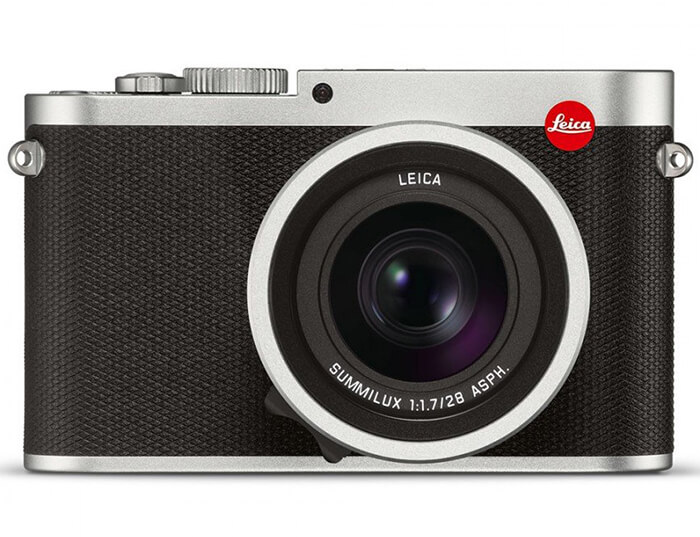
Highlights of Leica Q (Typ 116):
Leica Maestro II Image processor
3.68MP LCOS Electronic Viewfinder
Leica Summilux 28mm f/1.7 ASPH lens
The Watering Cue is the fastest auto-focus compact with a 24 megapixel full-frame sensor and best-in-class manual focus. Using the focusing tab (corporate focus on the focus ring for the finger), you can press the button and unlock the focus ring, and its position is easy to navigate when focusing blindly.
Implemented excellent focal control: just set the aperture and depth of field on the lens – and shoot for your pleasure. The switch to macro mode is very curiously arranged: when it is turned, a new ring for MACRO settings “leaves”.
According to users’ impressions, the “watering” battery on a single charge lasts twice as long as the average mirrorless. As regards the attitude of the masses to the camera, one often wonders how one can pay such money for a compact, even full-size. The answer is simple: this is a niche of expensive pleasure cameras for the sake of, a separate design philosophy of aesthetes, accessible to understanding not all.
#10 Sony Alpha ILCA-99M2 DSLR Camera
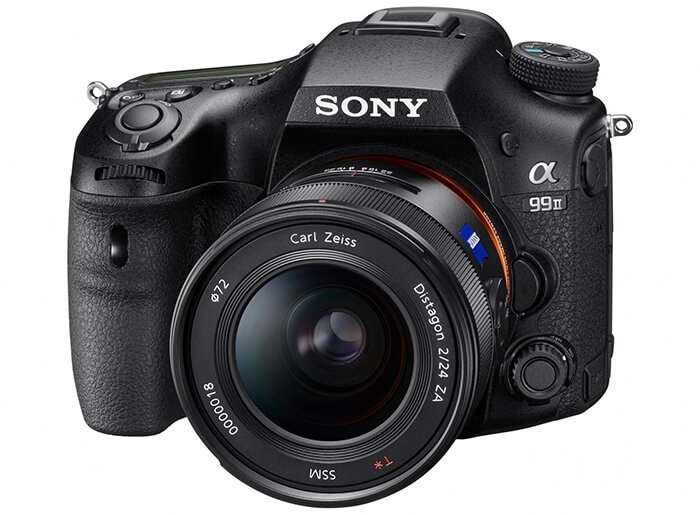
Highlights of Sony Alpha ILCA-99M2:
Internal UHD 4K Video & S-Log3 Gamma
0.5″ 2.36M-Dot XGA OLED Tru-Finder EVF
BIONZ X Image Processor & Front-End LSI
A full-frame DSLR with an electronic viewfinder minimizes shooting errors. You can see the future result of the photo right away on a 1.3-centimeter XGA OLED display at 2360 thousand pixels with a zoom function of 0.78x, the viewfinder is treated with a fluorine coating to protect it from dust and fingerprints.
For the most convenient frame layout, use a bright 7.5 cm inclined display at 1228 thousand pixels with White Magic technology, which means adding a fourth (white) subpixel to the main (red, green, blue) – RGBW. This is a plus for the brightness and lower power consumption of the DSLR camera screen.
The camera is especially pleased with specialists who choose a system based on the principle of flawless autofocus, focused on clear shots. 4D FOCUS technology makes the image sensor work not only with space, but also with time. A new dimension was added to predict the movement of objects. We think this is the most innovative approach to shooting dynamic scenes.
Final Thoughts
I hope you have found the best full frame camera for yourself after this tutorial. If you would like to comment, notice that the article content has not been updated in time, or suggest a full frame camera I did not include, please use our contact form to stay in touch.
Have fun and good luck!
Notice: Trizily.com is a participant in the Amazon Services LLC Associates Program, an affiliate advertising program to provide a means for us to earn fees sold through qualifying purchases by linking to Amazon.com. Amazon offers a small commission on products sold through their affiliate links. Each of your purchases via our Amazon affiliate links supports our efforts to bring you the best possible product reviews at no additional cost to you. We appreciate your support here at Trizily.com

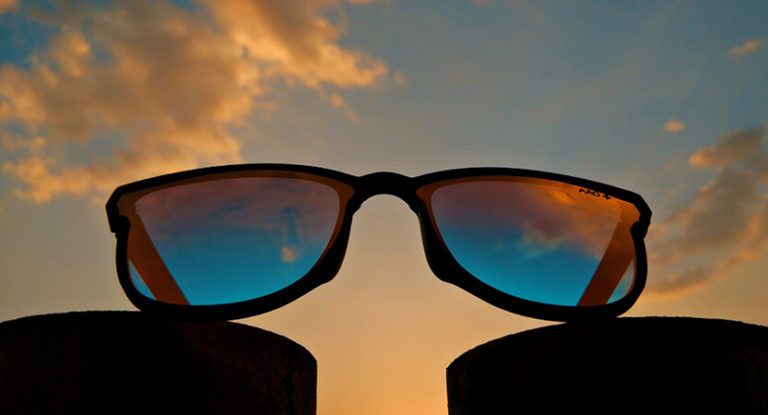
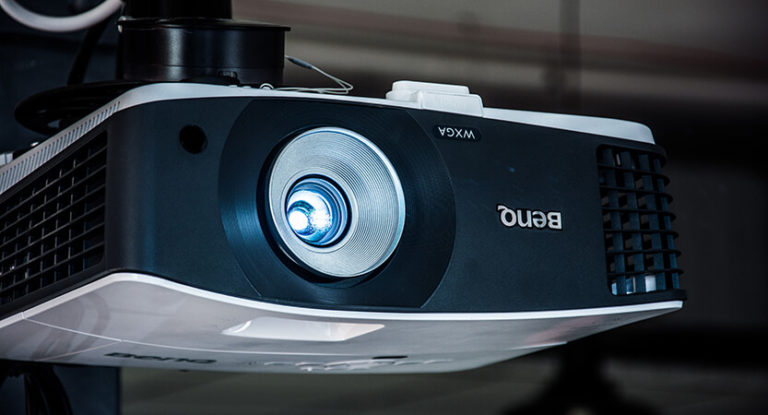
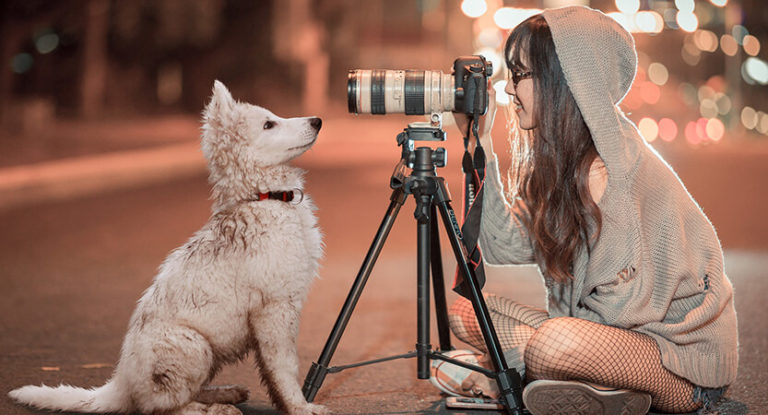
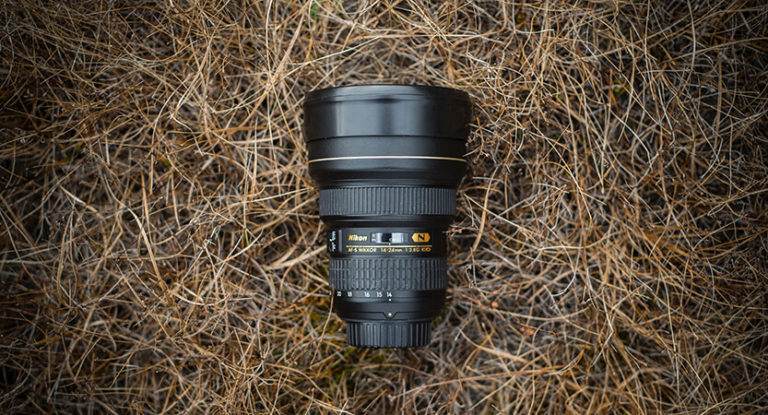
![The 7 Best Spinning Reels in 2023 [Buying Guides] 22 The 7 Best Spinning Reels in 2023 [Buying Guides]](https://trizily.com/wp-content/uploads/2021/12/033-768x415.jpg)
